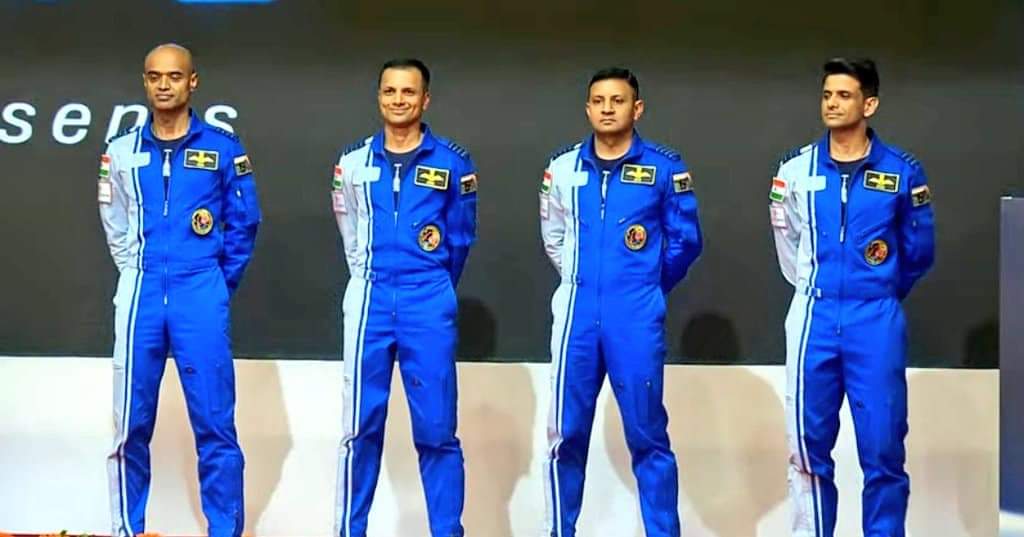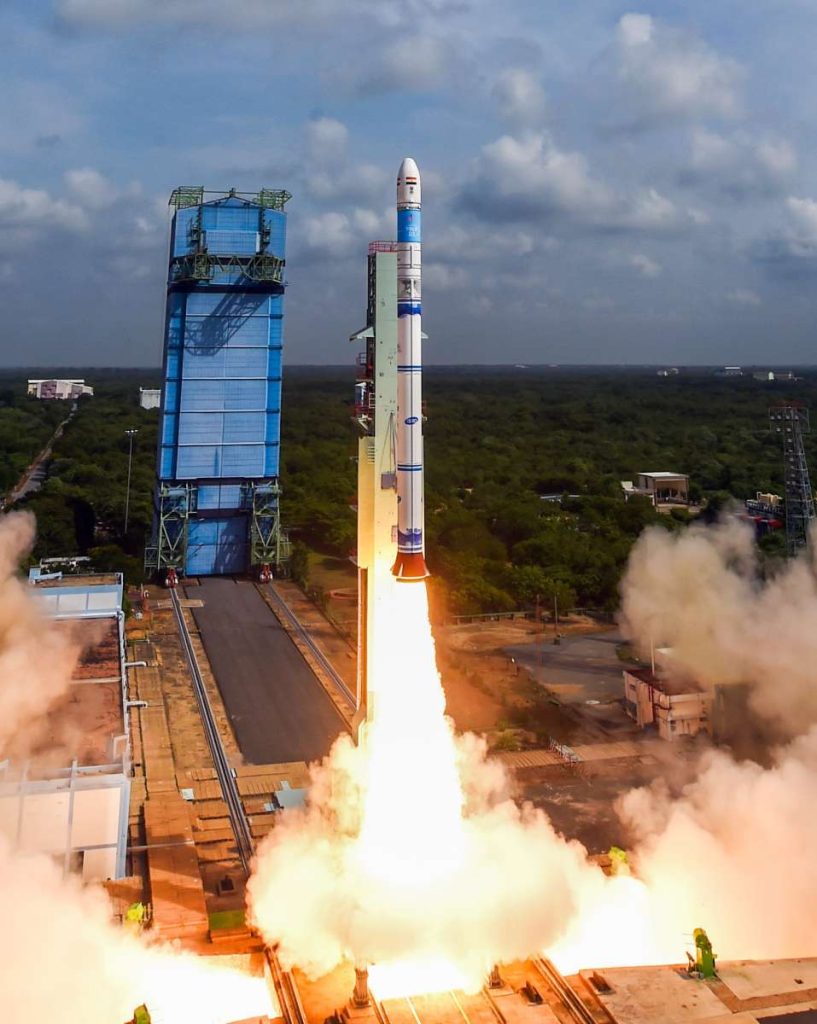Chandrayaan-4 mission is a step towards a manned lunar mission scheduled for 2040; Venus Orbiter Mission slated for launch in March 2028; New Reusable Low-cost Launch Vehicle is integral to India’s plans for future crewed lunar missions and the operation of the proposed Bharatiya Antariksh Station.
In a series of ambitious approvals, the Indian Cabinet, chaired by Prime Minister Narendra Modi, has set the stage for a significant leap in space exploration and technology development. The new initiatives, announced after a meeting on Wednesday (September 18, 2024), include the Chandrayaan-4 mission to the Moon, a scientific mission to Venus, and the development of a next-generation reusable launch vehicle.
India’s Chandrayaan-4 Mission
Building on the success of Chandrayaan-3, the Indian government has sanctioned the Chandrayaan-4 mission, a continuation of India’s lunar exploration program. The mission, costing Rs. 2104.06 crore aims to develop and demonstrate technologies essential for landing on the Moon and safely returning to Earth. These technologies include docking/undocking, landing, lunar sample collection, and safe return maneuvers.
Expected to be completed within 36 months, Chandrayaan-4 will engage various Indian industries and academia, significantly boosting employment and leading to technological spillovers into other sectors. This mission is not only a step towards a manned lunar mission scheduled for 2040 but also towards establishing a permanent Indian presence in space as envisioned with the proposed Indian Space Station by 2035.

Venus Orbiter Mission in 2028
Following lunar and Martian explorations, India is now setting its sights on Venus with the approval of the Venus Orbiter Mission (VOM). With a budget of Rs. 1236 crore, the VOM is designed to orbit Venus and delve into its atmospheric conditions and geological features. The mission, slated for launch in March 2028, aims to enhance our understanding of how planetary environments evolve, offering insights into Earth’s own environmental trajectory.
The data from VOM will be shared with the global scientific community, facilitating a deeper understanding of Venus, often referred to as Earth’s “sister planet” due to its similar size and proximity. This mission is expected to pave the way for future planetary missions and foster significant involvement from the Indian industrial and academic sectors.

New Reusable Low-cost Launch Vehicle
The Cabinet has also green-lighted the development of a Next Generation Launch Vehicle (NGLV), a project that marks a significant milestone in India’s space ambitions. This new launch vehicle will be capable of carrying payloads up to 30 tonnes to Low Earth Orbit (LEO), tripling the current capacity and incorporating reusability to reduce costs.
With a total fund allocation of Rs. 8240.00 crore, the NGLV project includes three development flights and is expected to take 96 months to complete. The development of this vehicle is integral to India’s plans for future crewed lunar missions and the operation of the proposed Bharatiya Antariksh Station.
These new initiatives by the Indian government highlight a strategic and forward-looking approach to space exploration and technology. By investing in advanced missions to the Moon and Venus and developing cutting-edge launch vehicles, India is poised to significantly enhance its stature in the global space community while driving technological innovation and economic growth at home. These missions will not only deepen our understanding of the universe but also ensure India’s continued prominence in the rapidly evolving space sector.
Expanding scope of Gaganyaan
In a major leap forward for India’s space exploration ambitions, the Union Cabinet has approved the construction of the Bharatiya Antariksh Station (BAS), or the Indian Space Station, to take scientific research to the next level. The Union Cabinet also gave its nod to the Chandrayaan-4 mission to the Moon, a scientific mission to Venus, and the development of a next-generation reusable launch vehicle.
The vision for space in the years to come envisages the creation of an operational Bharatiya Antariksh Station by 2035 and an Indian Crewed Lunar Mission by 2040.
“Great news for the space sector! The Union Cabinet has approved the first step towards the Bharatiya Antariksh Station (BAS), expanding the Gaganyaan programme! This landmark decision brings us closer to a self-sustained space station by 2035 and a crewed lunar mission by 2040!” Prime Minister Narendra Modi posted on social media platform X, formerly Twitter.
The union cabinet chaired by Prime Minister Modi approved the building of the first unit of the Bharatiya Antariksh Station by extending the scope of the ongoing Gaganyaan program. Wednesday’s approval covers development of the first module of Bharatiya Antariksh Station (BAS-1) and missions to demonstrate and validate various technologies for building and operating BAS.
A national space-based facility such as the Bharatiya Antariksh Station will boost microgravity based scientific research & technology development activities. This will lead to technological spin-offs and encourage innovations in key areas of research and development, an official statement said.

Revision in the Gaganyaan Programme will include the scope of development and precursor missions for BAS, and factoring one additional uncrewed mission and additional hardware requirement for the developments of ongoing programme. Now the human spaceflight program of technology development and demonstration is through eight missions to be completed by December 2028 by launching the first unit of BAS-1.
The Gaganyaan Programme approved in December 2018 envisages undertaking a human spaceflight to Low Earth Orbit (LEO) and to lay the foundation of technologies needed for an Indian human space exploration programme in the long run.
“All leading space faring nations are making considerable efforts & investments to develop & operationalize capabilities that are required for long duration human space missions and further exploration to Moon and beyond,” the official statement noted.
The target of the Gaganyaan Programme is to develop and demonstrate critical technologies for long duration human space missions. To achieve this goal, ISRO will undertake four missions under ongoing Gaganyaan Programme by 2026 and development of first module of BAS & four missions for demonstration & validation of various technologies for BAS by December, 2028.
ALSO READ: ‘Over 100 Chakma houses & shops set on fire in B’desh’

